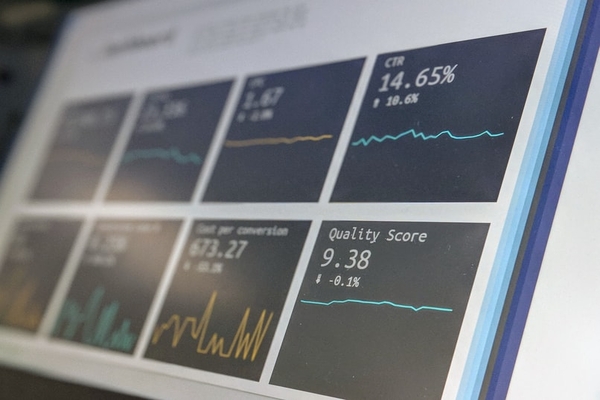Predicting Corporate Distress: A Textual Analysis
Textplor Annual Report Analysis Finance-
Predicting Corporate Distress: A Textual Analysis
-
It uses textual information from corporate annual reports to predict distress (PD) and finds that PD has a predictive power for eventual downgrade/ upgrade in credit ratings.
-
Data and Methodology:
Our initial data-set consisted of annual reports of both public and privately held companies operating and registered in India. We have selected the companies functioning in around 36 different sectors except financial and insurance sector. Due to special business nature and financial structure, insurance and banking sector firms are excluded. We followed two-stage approach to estimate a probability of distress (PD) from text of any annual report. First, we used natural language processing (NLP) to extract sentiment scores. Second, we used a logistic regression to convert sentiment scores to a probability estimate of distress, which we call PD. -
Results and Analysis:
PD is negatively correlated with Credit Ratings and ROI. High PD means higher probability of distress, which obviously means credit ratings would fall and so will the return on investment (ROI). Also, PD is positively correlated with Debt-Equity ratio, which is again ideally correct.
There are two types of effects in a panel model: Fixed or Random effect. A model is a fixed effect model if the variables are constant across individuals, random otherwise. To check which effect is best suited for the given data, we have conducted the Hausman test. Results show that it is better to use random effect models
-
The rising corporate debt and higher default rates have led to a continuous increase in distressed loans in Indian financial system. Our system uses textual information from corporate annual reports to predict distress (PD) and finds that PD has a predictive power for eventual downgrade/ upgrade in credit ratings.

-
Data and Methodology:
Our initial data-set consisted of annual reports of both public and privately held companies operating and registered in India. We have selected the companies functioning in around 36 different sectors except financial and insurance sector. Due to special business nature and financial structure, insurance and banking sector firms are excluded. We followed two-stage approach to estimate a probability of distress (PD) from text of any annual report. First, we used natural language processing (NLP) to extract sentiment scores. Second, we used a logistic regression to convert sentiment scores to a probability estimate of distress, which we call PD. -
Results and Analysis:
PD is negatively correlated with Credit Ratings and ROI. High PD means higher probability of distress, which obviously means credit ratings would fall and so will the return on investment (ROI). Also, PD is positively correlated with Debt-Equity ratio, which is again ideally correct.
There are two types of effects in a panel model: Fixed or Random effect. A model is a fixed effect model if the variables are constant across individuals, random otherwise. To check which effect is best suited for the given data, we have conducted the Hausman test. Results show that it is better to use random effect models

Read more...
Articles for you

News Impact Score and Stock Market Quality: Information Content in Business News
![]() Ashok Banerjee
Ashok Banerjee

Vixplor-Cloud fulfils reporting needs of a SEBI authorised Category I Registrars
![]() Tapas Chakraborty
Tapas Chakraborty

Optimize marketing expenses using Vixplor-Cloud
![]() Tapas Chakraborty
Tapas Chakraborty

What should be the strategy when launching a new product?
![]() Tapas Chakraborty
Tapas Chakraborty